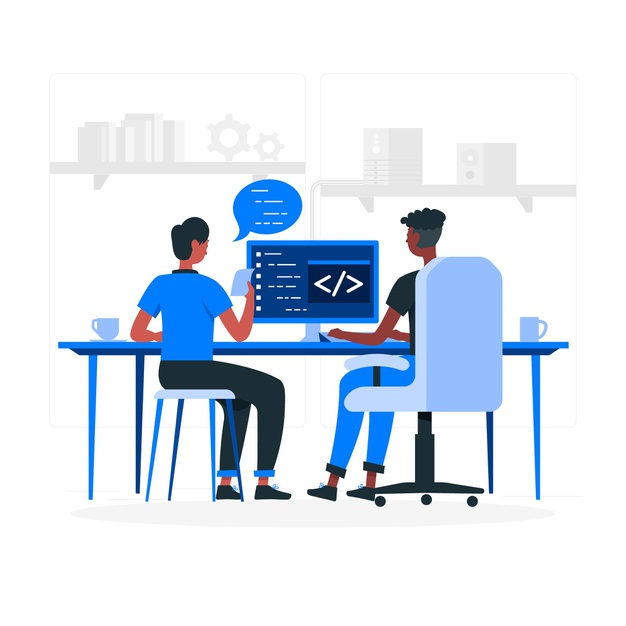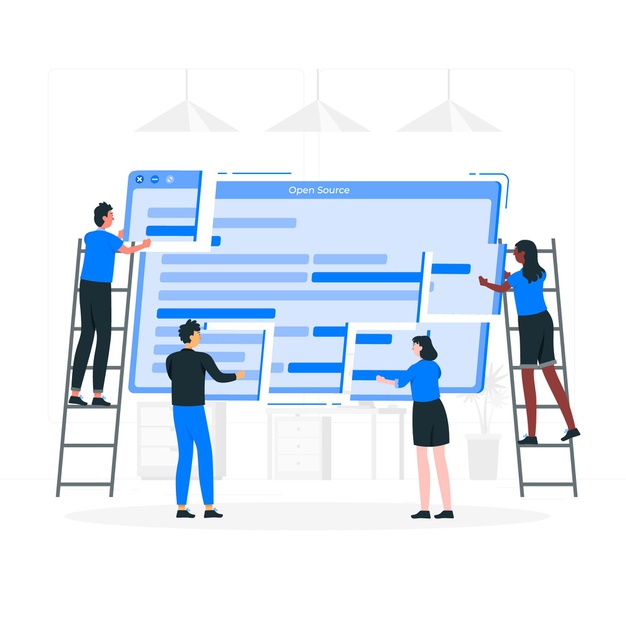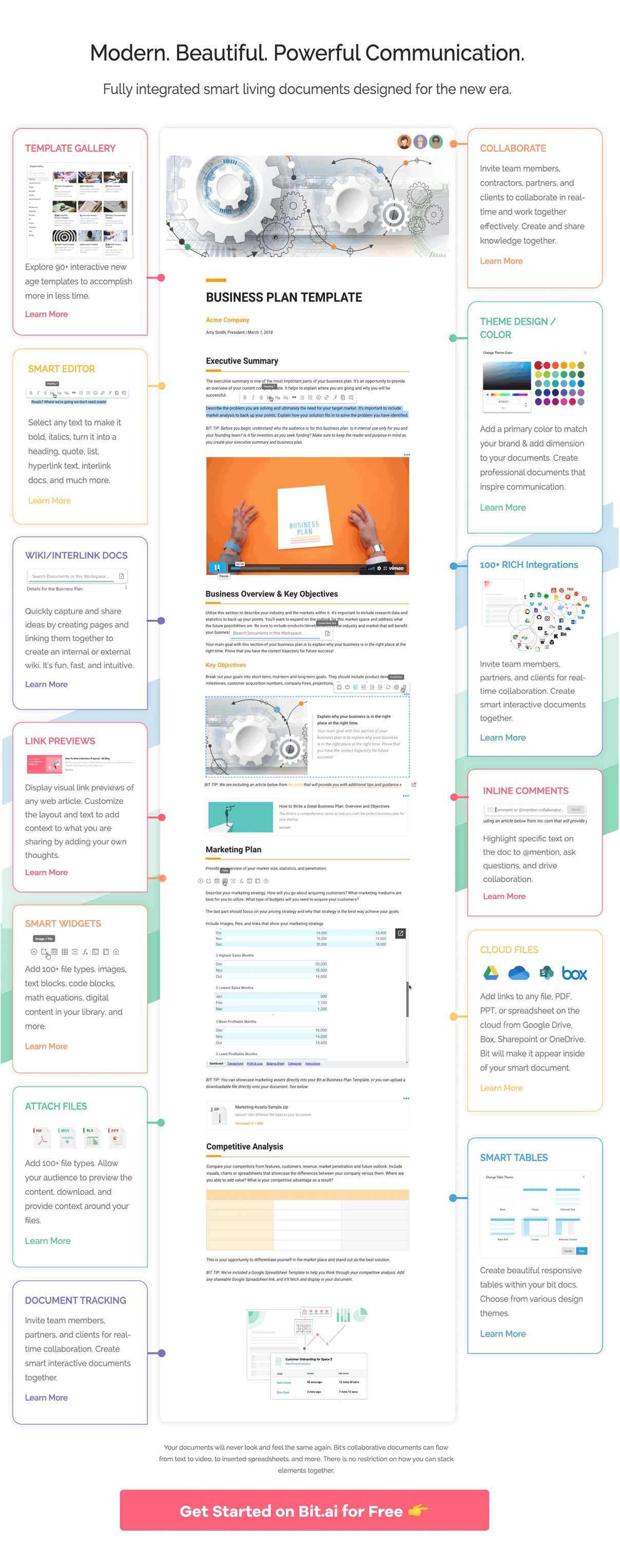Today, software products have become an important part of our existence; it is hard to imagine any of our daily activities not being powered by some kind of computer-related application or process!
However, when digging deeper developing a robust software product is an even more complex process to adapt. Almost 14% of software projects nose dive because they fail to constantly adhere to proper software product development. In fact, 75% of business and IT executives predict their software projects to be a failure.
This is exactly why following a set of systemic steps is crucial in developing a high-quality software product that meets requirements and overcomes challenges.
 Meticulous software product development not only improves the quality of the end product but also the overall software development process.
Meticulous software product development not only improves the quality of the end product but also the overall software development process.
Let’s delve into this comprehensive guide created by us that will answer all your question about software product development!
Definition of Software Product Development
Software product development basically implies the deployment of a set of features in a software product tailored to meet certain needs of a market. Software product development is a repetitive logical process that aims to builds a programmed software product to mark a unique personal or business goal, process, or objective. It is mostly a planned strategy that comprises various stages or steps that result in the creation of an operational software product.
4 Basic Type of Software Products as per your Business Needs
1. System Software Products
Systems software programs manage the resources of the computer system that help simplify application programming. They include software such as the operating system, database management systems, networking software, translators, and software utilities.
2. Programming Software Products
Programming software also knows as development tools such as compilers, text editors, debuggers, linker are programs or set of programs which help software developers in creating, debugging, and maintaining other programs and apps.

3. Application Software Products:
Application Software is an application or product that can be used to perform tasks. Famous examples of application software are data management software, Office productivity suites, media players, etc.
4. Embedded Software Products:
Embedded System Software products are used to control machines and devices through telecommunications networks, industrial robots, cars, and more.
Read more: Top 11 Code Editors for Software Developers
Why Software Product Development Matters?
As organizations grow, chances are that the same software systems or operations that used to function smoothly, in the beginning, may now be incompatible. So Software product development plays a key role in the success of an organization to keep up with both demand and growth.
Furthermore, software product development is beneficial in the following ways:
1. Optimizes Your Business Processes
Every business has a specific business model and in-house procedures. Altering these processes to suit a specific application or software product is not easy, irrespective of how efficient or powerful it is. Therefore, software product development should align with your model and unique in-house processes and procedures.
2. Offers an Exclusive Solution
It something works for one business, might not work for others. Therefore, developing a customized software product for your organization ensures that it addresses exclusive procedures and activities as per your needs.
3. Offers Competitive Edge
But how? Software product development solves many of your business problems and increases efficiency.
 So, being the only company in the industry, using a solution like this gives you a definite advantage over the competitors. What happens if your competitors are using the same software product? Well, it allows you to catch up with them and help you plan for technical improvements.
So, being the only company in the industry, using a solution like this gives you a definite advantage over the competitors. What happens if your competitors are using the same software product? Well, it allows you to catch up with them and help you plan for technical improvements.
4. A Custom Software Product is Highly Adaptable
The business processes are never stable, they constantly change. So, it becomes essential to adopt new technologies and processes that hold your marketing stronghold. Software product development helps you integrate the new technologies and processes to the existing software allowing you to stay abreast of any shifting in marketing trends.
Read more: Software Design Document: What, Why, and How? (Template Included)
Steps to Follow for Software Product Development Process plan:
The software product development process is a basic tool for facilitating a large number of people to work together on a collaborative development project. Using one ultimately results in fewer defects, drives shorter delivery times, and better value.
The software product development process consists of the following 7 steps:
1. Ideation and planning
Everything starts with a great idea! But that idea needs to be carefully thought over in order to be executed. Careful planning is the first and foremost step of software product development as it presupposes deciding the scope of the project, explaining means and ways for the new software system to meet business model objectives, cost-related issues, resource availability, and timelines.
2. Requirements and feasibility analysis
During this stage of software product development, the project is defined in a detailed analysis of and how the project’s feasibility is carried out. To build an actionable solution, catchy design, and clean code are not enough, you first need the developers to get an in-depth understanding of the project objective and requirements.
Requirements and feasibility analysis showcase all the technical as well as economical aspects that affect the software development process. It helps identify the risks at the beginning so that risk mitigation strategies can be worked out.
3. Design
Software product design is a prominent aspect of the development process. The actual conceptualizing of the software system is created during the design stage, that is the structured software architecture meeting specific project requirements is created.
 A tailored software product design by developers sets definite workflows and standards. The whole software structure is built with the final prototype and mockups used for the next stages of the software product development process. Once the design is identified it’s time to move to the very development.
A tailored software product design by developers sets definite workflows and standards. The whole software structure is built with the final prototype and mockups used for the next stages of the software product development process. Once the design is identified it’s time to move to the very development.
4. Development & coding
The development stage is all about writing code and turning design documentation into the actual software within the software product development process. This stage development is the longest as it’s the backbone of the whole process. The software developers make sure their code meets the software requirements specifications, conforms to the stakeholders’ requirements, etc.
5. Integration and testing
Now that the software is developed and completed the next step involves integration starts and system testing. The Quality Assurance (OA) team conducts a series of tests including systems integration, functionality testing, and interoperability along with user acceptance testing. This is to make sure the code is clean and the business goals of the solution are met.
6. Implementation and deployment
This is a step that includes the installation of the build software system. It’s a step-by-step procedure based on the implementation plan. The newly built and tested software system is moved to production and transfer for the specific changes to be deployed.
Read more: Product-Market Fit: What is it & How to Achieve it?
7. Operations and maintenance
The very last phase of the software product development lifecycle involves regular updates and maintenance of the software product. This step is treated with the utmost attention since during this stage product is polished, enhanced, upgraded, and fine-tuned according to the real-world feedbacks on its performance within this stage.
Read more: What is a Software Requirements Document? (Template Included)
Different Software Product Development Methodologies
There are different software product development methodologies in the market today, each offering a different set of advantages: from minimized risk to improved process efficiency and continuous iterations to enhanced scalability. Here’s a look at the 4 most popular software product development methodologies – waterfall, agile, scrum, Incremental and Iterative– and see which fits the best for your business needs best.
Waterfall
This is one of the earliest software product development methodologies, the waterfall model assimilates a series of sequential stages: from conception to maintenance. Since this model ensures well-defined goals are achieved, it is best for projects where demands are clear and accurate documents that describe how the system is to be produced.
Agile
The agile methodologies are where new updates & releases of the software product are created, and made available to customers every few weeks.
 For every stage of the product, more attributes can be tested, added, and again tested after receiving feedback from customers. Agile methodology saves time and makes sure the end product meets the intended requirements.
For every stage of the product, more attributes can be tested, added, and again tested after receiving feedback from customers. Agile methodology saves time and makes sure the end product meets the intended requirements.
Scrum
Scrum, is a subset of Agile methodologies, it is used to manage the software product development process at the macro level. It follows the principles and values of agile; plus, it covers further specification and definition by considering some important software product development practices. This approach is best suitable for software products with changing demands.
Incremental and Iterative
The incremental and iterative software product development approach is like a center ground between the upfront planning of the Waterfall process and the flexibility of the Agile process. While both follow the idea of creating bits of software and exposing them to customers for feedback, however, they differ in what you create during each release.
Importance of software documentation in software development!
Along with software products, software documentation is a significant part of the software development lifecycle and keeps everyone in the loop. Bit.ai is an awesome software documentation tool that teams across the world are using.
 Multiple people can simultaneously collaborate on a Bit smart document in real-time. It’s a great way for software developers to handle different aspects of the software together under a single roof. Bit’s sleek, minimal, and distraction-free editor makes a great tool for documentation. Users can also make use of Bit’s wiki features to interlink important documents, making it easier to share knowledge.
Multiple people can simultaneously collaborate on a Bit smart document in real-time. It’s a great way for software developers to handle different aspects of the software together under a single roof. Bit’s sleek, minimal, and distraction-free editor makes a great tool for documentation. Users can also make use of Bit’s wiki features to interlink important documents, making it easier to share knowledge.
The best part is Bit’s support for Markdown which allows developers to quickly create and format text without any distractions. Bit documents, unlike your standard Word Docs, are interactive. This means developers can easily add code blocks to a document with a single click!
Whether your team is creating software documentation, technical specs sheet, training manuals, best practices, client support material, etc, they can easily add code blocks and embed snippets of GitHub Gists and Pastebin code directly into a Bit document. It’s a smart way to add context to the code snippets you are sharing.
Path to Success with the Right Process
With businesses investiThe ng time and effort in new technologies, the importance of the software product development process is irrefutable. Following a prescribed software product development process will give project execution and code development better fluency.
The basic process enables system requirements to be tracked to the business needs and provides a solution that common and fits best for most businesses. However, choosing the right model that works best for your organization, will embark on your business on the path to success!
Further reads:
What is Software Development Life Cycle: SDLC Explained!
Ultimate Definitive Guide To Usability Testing
Test Plan for Software: What, Why, and How to Write It?
Software Development Process: Steps To Follow
13 Programming Blogs and Websites to Improve Your Coding Skills
Technical Documentation: What, Why, and How?
Product Requirements Document: What, Why & How to Create?
What is Product Adoption & How to do it Right?
Product Development Process: Definition & Key Stages!

Related posts
Bit.ai | Watch to Learn More
What is Bit.ai?
Bit.ai is an innovative AI-driven knowledge and Document Managment suite designed to empower knowledge workers by streamlining the creation of, documents, wikis, and notes. With an intuitive interface and seamless integration, Bit.ai acts as a versatile assistant to help you collaborate, generate, organize, and visualize your ideas effortlessly. Whether you are drafting a report, managing a project, collaborating with your team or clients, or brainstorming new concepts, Bit.ai brings intelligence and creativity to every aspect of your work process.




